Why hostas go green
Jon 6a SE MA
11 years ago
Featured Answer
Comments (32)
Babka NorCal 9b
11 years agothisismelissa
11 years agoRelated Professionals
Edmond Landscape Architects & Landscape Designers · Ballwin Landscape Architects & Landscape Designers · Finneytown Landscape Architects & Landscape Designers · Cupertino Landscape Contractors · Gurnee Landscape Contractors · Mastic Beach Landscape Contractors · Soddy Daisy Landscape Contractors · Tigard Landscape Contractors · Northlake Landscape Contractors · Eustis Driveway Installation & Maintenance · Mount Vernon Driveway Installation & Maintenance · Madison Fence Contractors · Foster City Fence Contractors · Belleville Solar Energy Systems · Peabody Solar Energy Systemsidiothe
11 years agohosta_freak
11 years agoken_adrian Adrian MI cold Z5
11 years agoJon 6a SE MA
11 years agoJon 6a SE MA
11 years agoUser
11 years agoJon 6a SE MA
11 years agoJon 6a SE MA
11 years agoJon 6a SE MA
11 years agoJon 6a SE MA
11 years agomosswitch
11 years agoi-like-to-grow
11 years agoJon 6a SE MA
11 years agoJon 6a SE MA
11 years agoi-like-to-grow
11 years agoJon 6a SE MA
11 years agohostaLes
11 years agoi-like-to-grow
11 years agoJon 6a SE MA
11 years agosagae
11 years agoJon 6a SE MA
11 years agoi-like-to-grow
11 years agoJon 6a SE MA
11 years agoin ny zone5
11 years agoi-like-to-grow
11 years agoin ny zone5
11 years agoJon 6a SE MA
11 years agoin ny zone5
11 years agoJon 6a SE MA
11 years ago
Related Stories
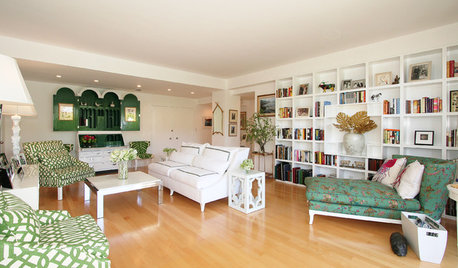
HOUZZ TOURSHouzz Tour: Los Angeles Condo Gives Green the Go
A profusion of leafy textiles, jade-painted pieces and green trellis patterns create a fresh feel against crisp white backdrops
Full Story
DECORATING GUIDESCrisp, Fresh: Go for Green Apples
On the Walls or Au Natural, Green Apples Pack a Decorative Bite
Full Story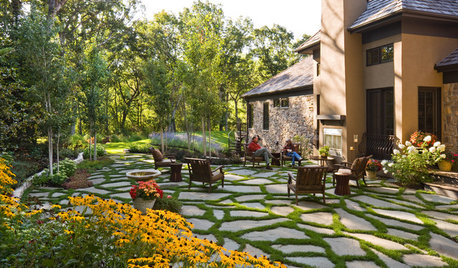
GARDENING AND LANDSCAPINGPatio Pavers Go Green in Between
Kind to the environment and easy on the eyes, pavers with moss or other foliage in the joints create a charming permeable hardscape
Full Story
DECORATING GUIDESGo Bold (and Green) with Eco-Friendly Carpet Tiles
Get Ideas For Your Own Recyclable Rug Made of Colorful Carpet Squares
Full Story
SAVING WATERHouzz Call: Are You Letting Go of Your Lawn?
Many facing a drought are swapping turf for less thirsty plantings. If you’re one of them, we’d like to hear about it
Full Story
GREEN DECORATINGGo Cuckoo for Coconut Furniture and Surfaces
Crack open a lesser-known ecofriendly design option: tiles, flooring, tables and more made from coconut shell and palm wood
Full Story
GREEN BUILDINGHouzz Tour: Going Completely Off the Grid in Nova Scotia
Powered by sunshine and built with salvaged materials, this Canadian home is an experiment for green building practices
Full StoryMore Discussions






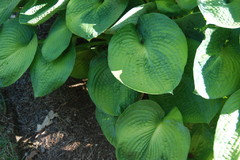

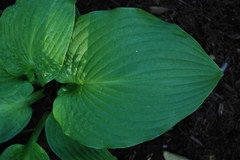


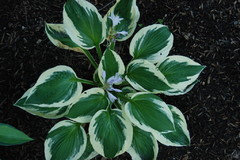


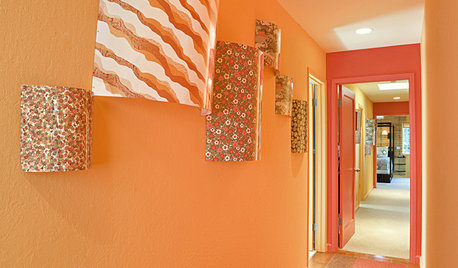

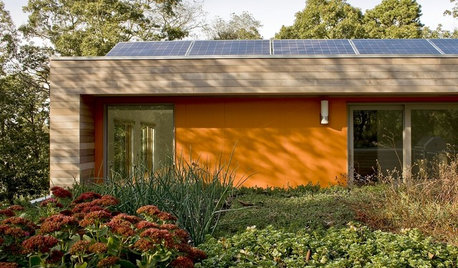



i-like-to-grow